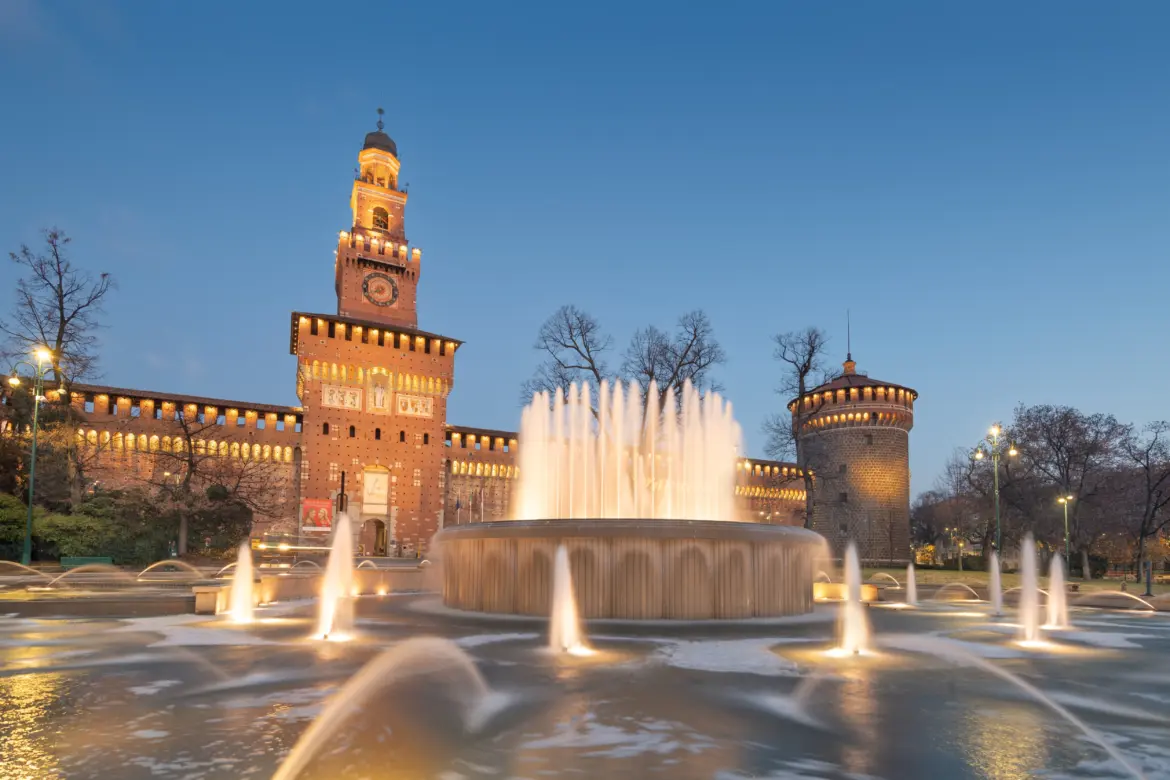Ciao fellow travelers! ✨ As I wandered through Milan’s vibrant streets, where fashion and modern flair meet centuries of history, one landmark stood out for its quiet majesty and imposing charm: Castello Sforzesco, or Sforza Castle. This fortress-turned-cultural-hub is more than just a striking structure, it’s a portal to Milan’s medieval grandeur, Renaissance brilliance, and artistic treasures that continue to awe. If you’re headed to Milan and want to walk through time, this castle belongs high on your list. Let me take you through the grandeur, stories, and surprises I uncovered during my unforgettable visit.
A Fortress Steeped in Power and Prestige
Originally constructed in the 14th century by the Visconti family and later transformed by the powerful Sforza dynasty, Castello Sforzesco wasn’t just a military stronghold, it was a statement of dominance, wealth, and artistic ambition. Under Francesco Sforza, the Duke of Milan, the castle evolved into a splendid Renaissance residence, attracting famed artists and architects like Leonardo da Vinci, who was commissioned to decorate its rooms.
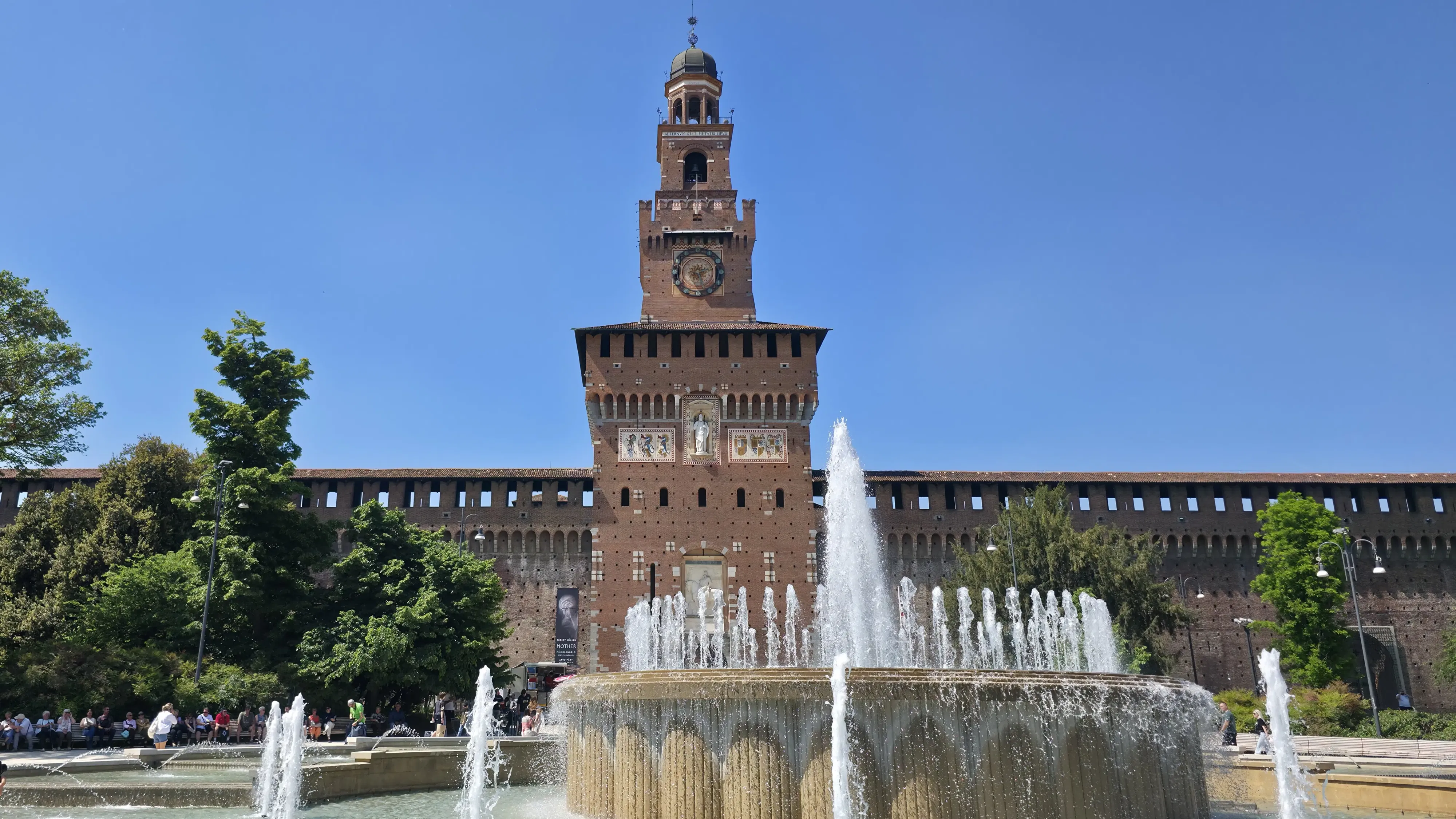
Over the centuries, it bore witness to sieges, occupations, and political transformations, yet it remained one of Milan’s enduring icons. Today, it stands proudly near Parco Sempione, welcoming visitors from all over the world who come to admire its courtyards, architecture, and extraordinary museum collections.
A Cultural Treasure Trove: Museums Within the Castle Walls
Stepping inside, I was amazed to find not one, but several museums nestled within its red-brick walls. From archaeology and decorative arts to musical instruments and historical weaponry, the castle houses collections that span centuries of Milanese and Italian heritage.
The crown jewel? Michelangelo’s Rondanini Pietà. Located in a serene, dedicated space, this unfinished sculpture was one of Michelangelo’s final masterpieces, worked on just days before his death. Its raw beauty and emotional depth are haunting. Unlike the artist’s earlier works, this Pietà is delicate, almost ethereal, offering a glimpse into the vulnerability of both the subject and the aging master behind the chisel. I found myself returning to it twice during my visit, unable to walk away without one last look.

Tip: Give yourself plenty of time to explore each wing, you never know what painting, tapestry, or artifact will steal your heart.
Architecture, Courtyards & Secrets in the Stones
The sheer scale and symmetry of the castle are breathtaking. Walking through the Torre del Filarete (the castle’s main gate), you’re greeted by sweeping courtyards framed by arcades and fortified towers. It’s a photographer’s dream, whether you’re capturing the gentle play of sunlight on the red bricks or the grand geometrical lines.
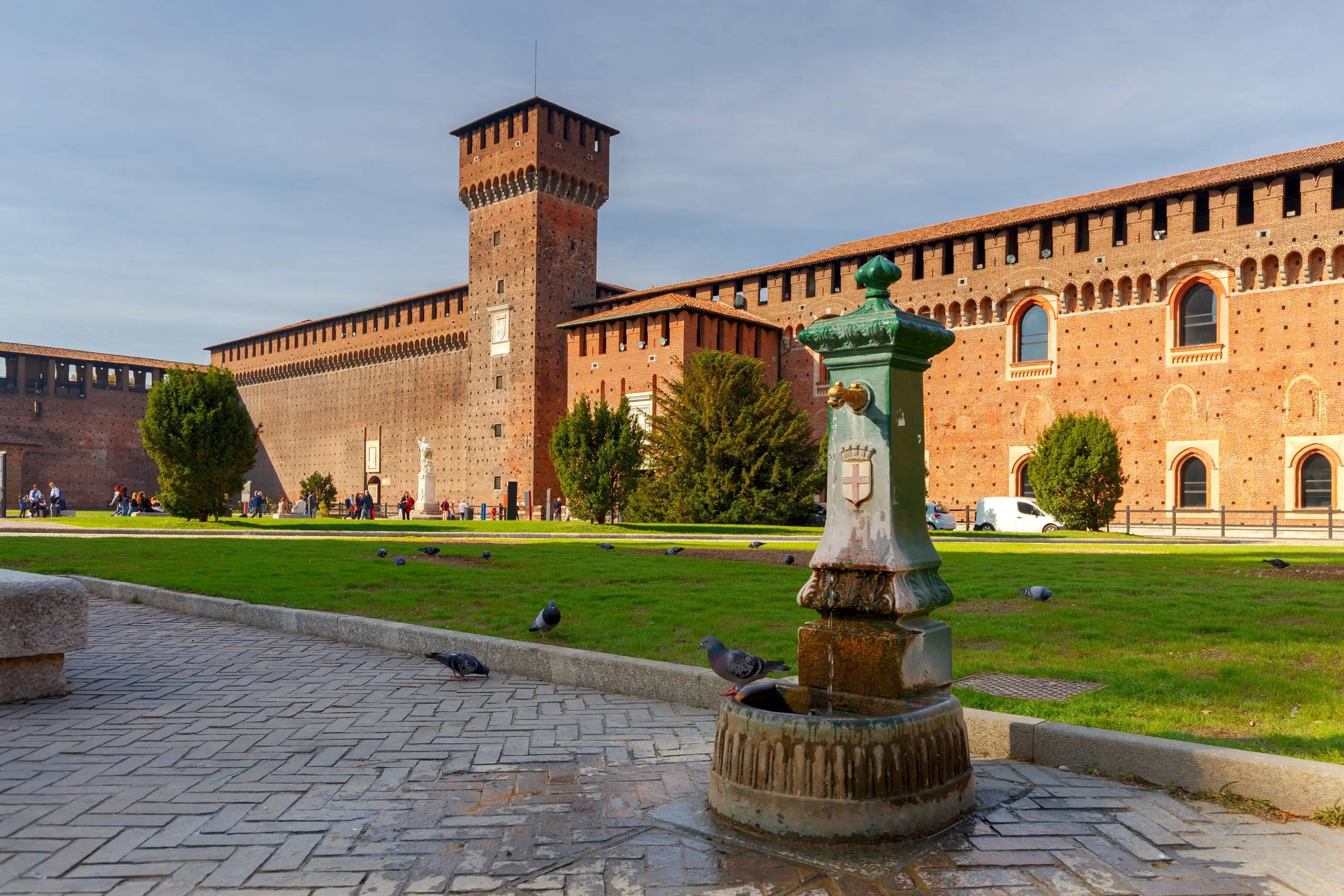
I especially loved wandering the Corte Ducale, the ducal courtyard, with its peaceful ambiance and views of frescoed ceilings. Look closely, you might just spot decorative elements believed to be influenced by Leonardo da Vinci himself. Some of the castle’s passageways also lead to unexpected corners, where old stones whisper stories of conspiracies, artists, and royal ambition.

My Experience: Awe, Art & Afternoon Delights
I arrived mid-morning and was immediately swept away by the castle’s grandeur. The atmosphere was calm but buzzing with curious travelers and locals alike. Families, art lovers, solo wanderers, everyone seemed to be enchanted by the castle’s quiet magic. After hours exploring the exhibits and soaking in the beauty of Michelangelo’s Pietà, I took a leisurely stroll through the castle’s outer walls and into Parco Sempione, the lush park directly behind the castle. I found a bench with a view of the majestic Arco della Pace and indulged in a little picnic from a nearby café, fresh focaccia and a chilled espresso. It was one of those peaceful moments that travel gifts you when you least expect it.
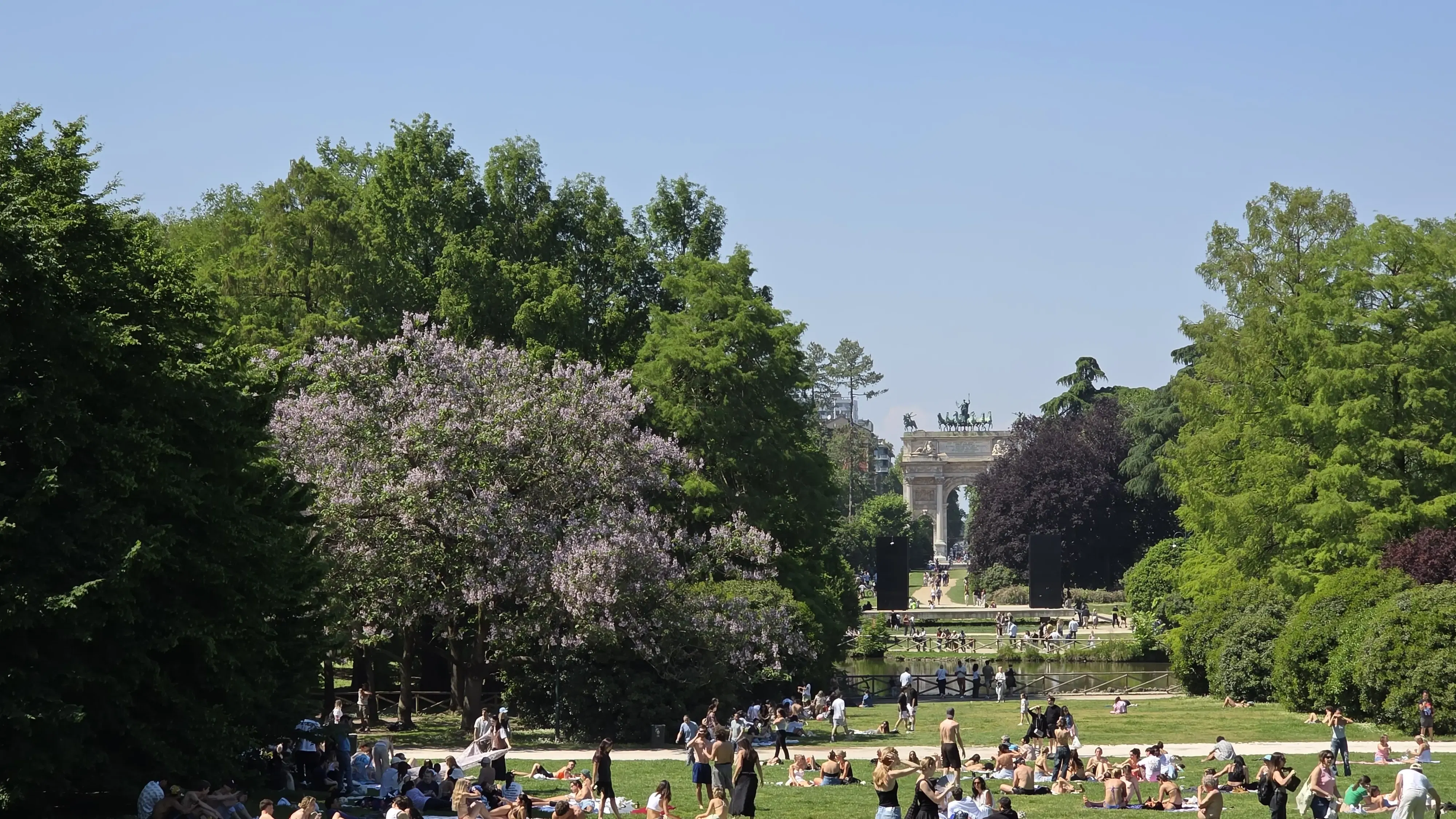
Why You Should Visit Castello Sforzesco
- It’s a true blend of military might and artistic refinement, perfect for travelers who love both history and culture.
- The museums cater to all interests: whether you’re into classical art, archaeology, design, or music.
- You get to witness a Michelangelo masterpiece: no need to go to Florence or Rome!
- The surrounding Parco Sempione offers a green escape in the heart of the city, great for walks, gelato breaks, and golden-hour photography.
- The castle grounds are often free to roam, and tickets to the museums are reasonably priced.
- It’s a visual feast. Honestly, even if you don’t enter a single museum, the courtyards and exterior alone are worth a visit!
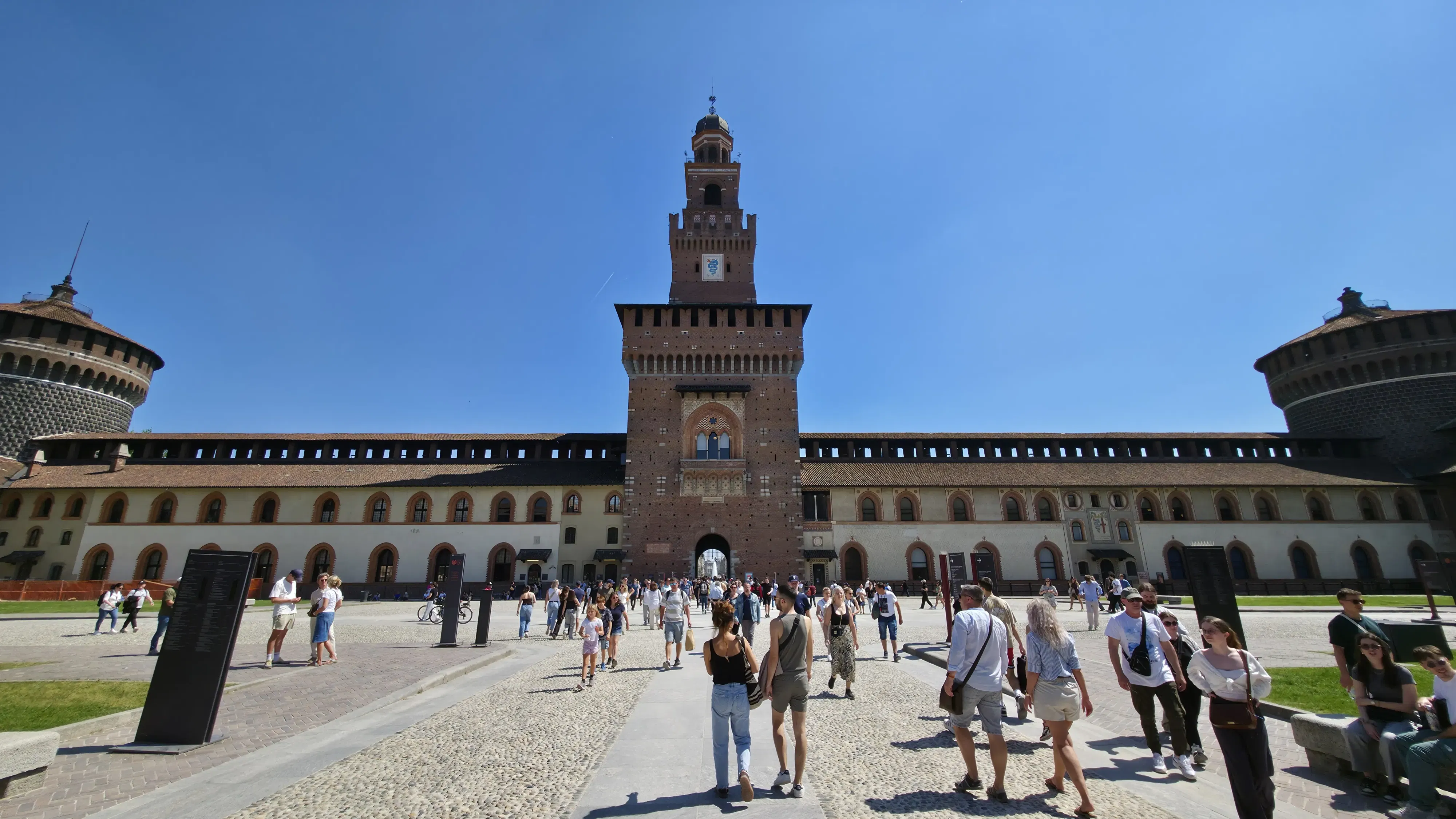
Tips for Visiting
- Hours: Open daily except Mondays; museums typically open from 10 AM to 5:30 PM (last entry at 5 PM).
- Tickets: Entry to the castle grounds is free; museum admission is €5–10, with free entry on the first Sunday of each month.
- Access: Centrally located, reachable by metro (Cairoli Castello) or tram.
- Combine your visit with: Parco Sempione, Triennale Milano (modern art/design), Arco della Pace, or a walk to nearby Brera district for aperitivo!
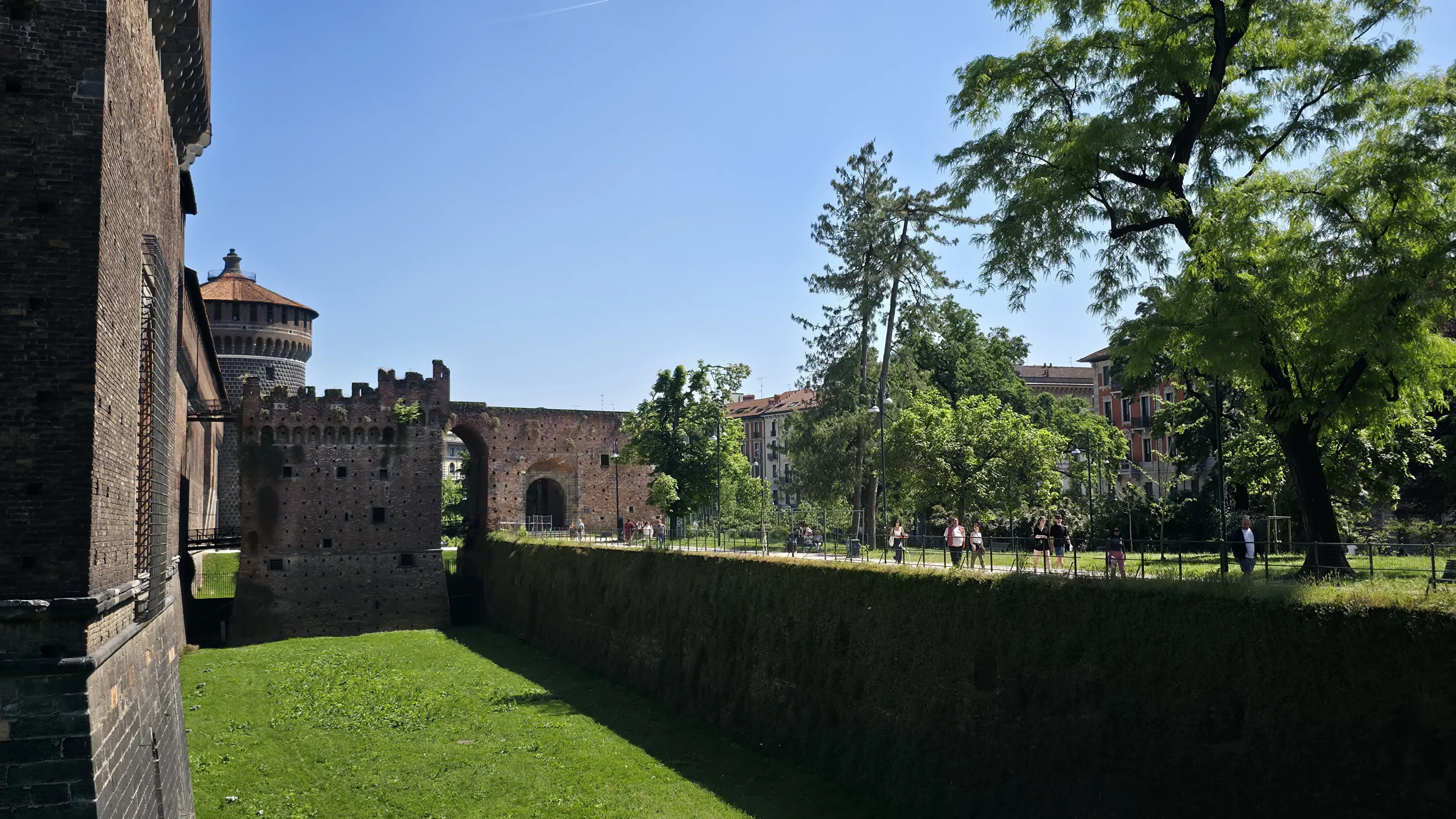
Final Thoughts
There’s something deeply moving about Castello Sforzesco. It’s not just the architecture or the museums or even the Michelangelo sculpture, though those are all extraordinary. It’s the way history lingers in the air. The way beauty and strength coexist in every corner. The way you can lose track of time here and still leave feeling like you’ve only scratched the surface.
So if you’re planning a Milan itinerary, don’t just breeze past this castle, step in, slow down, and savor the centuries of stories waiting inside. I promise you’ll leave inspired.
Until next time, keep wandering and stay curious!
xoxo,
Bubbly💕

